What Is A Conclave? Understanding The Papal Election Process
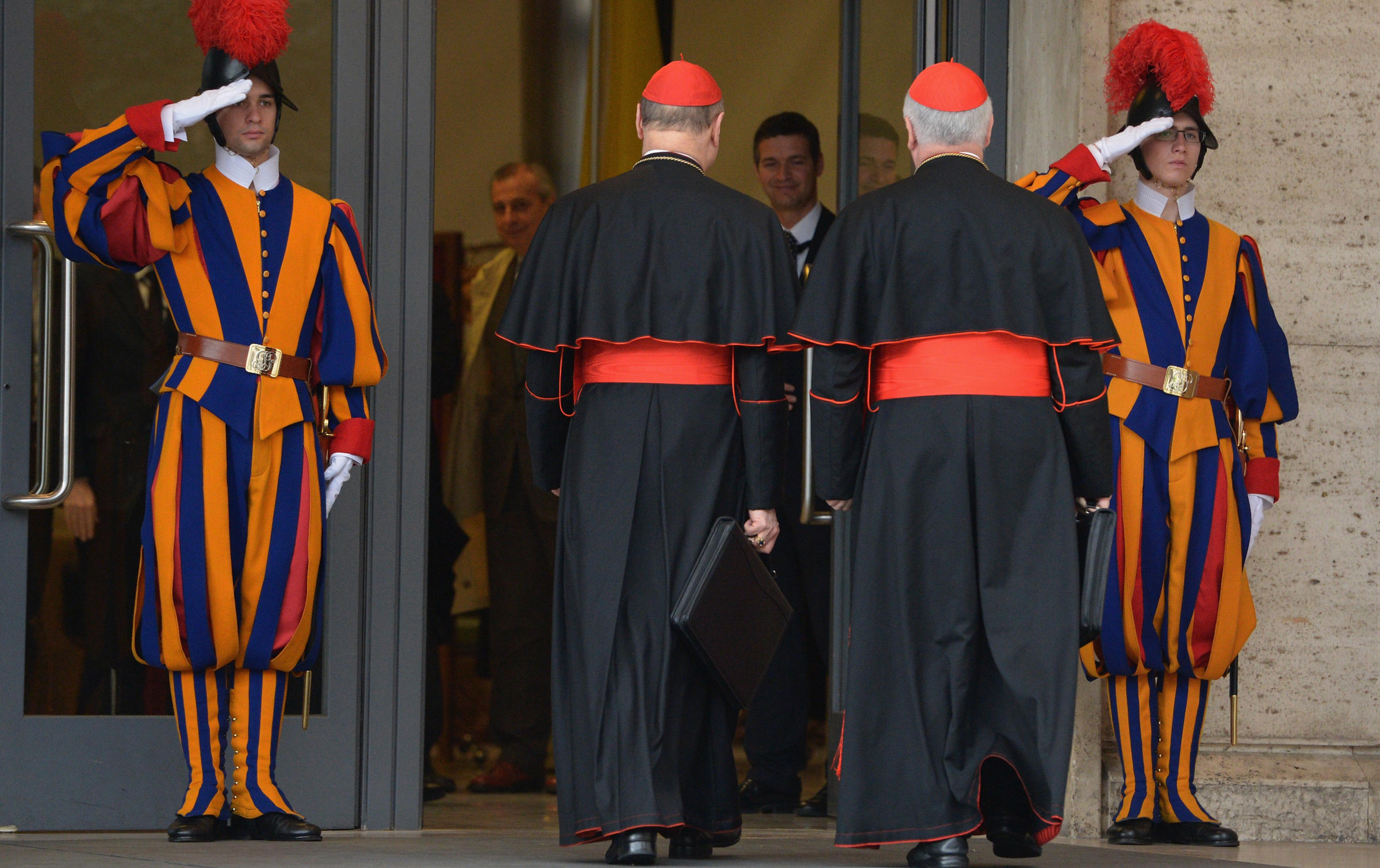
Table of Contents
The History and Tradition of the Conclave
The method of electing a Pope has evolved significantly over the centuries. Early papal elections were often tumultuous affairs, marked by bribery, violence, and protracted power struggles. These chaotic elections led to the eventual need for a more formalized and structured approach. The term "conclave," derived from the Latin "cum clave" (with key), originally referred to the locking of the electing cardinals in a designated space to prevent outside influence.
- Early methods of papal election and their challenges: In the early centuries of the Church, the election process lacked clear guidelines, often resulting in prolonged disputes and even schisms.
- The establishment of formal conclave procedures: Formal conclave procedures began to emerge in the 13th century, aiming to regulate the election process and minimize external interference. The Second Council of Lyons (1274) played a crucial role in establishing these procedures.
- Notable historical conclaves and their outcomes: Throughout history, numerous conclaves have produced significant Popes who shaped the course of the Church and the world. Studying these historical events provides valuable insights into the complexities of the conclave.
- Evolution of rules and regulations regarding the conclave: The rules governing the conclave have been refined and updated over the centuries, reflecting the changing needs and circumstances of the Church. Pope John Paul II's 1996 Apostolic Constitution Universi Dominici Gregis significantly codified the modern conclave procedures.
The Participants in a Papal Conclave: Cardinals and Their Roles
The heart of the conclave lies with the Cardinal electors. These are cardinals under the age of 80 who are eligible to participate in the election. Their roles and responsibilities are central to the entire process.
- Cardinal electors: their qualifications and selection: Only cardinals under 80 are eligible to vote, ensuring a balance between experience and relative youthfulness. Their selection reflects years of service within the Catholic Church.
- The role of the Cardinal Camerlengo during the sede vacante period: The Cardinal Camerlengo (Chamberlain) governs the Church during the sede vacante (vacant see) period between the death or resignation of a Pope and the election of a successor.
- The importance of the College of Cardinals in the process: The College of Cardinals, a body composed of all cardinals, plays a vital role in preparing for and overseeing the conclave.
- The secrecy surrounding the conclave and its participants: Maintaining absolute secrecy is crucial to ensure the integrity and fairness of the election. Participants are bound by a strict oath of secrecy.
The Pre-Conclave Preparations
Before the conclave even begins, significant preparations are undertaken.
- The death or resignation of the Pope and the announcement of the sede vacante: The death or resignation of the Pope officially triggers the commencement of the sede vacante period.
- The gathering of the cardinals in Rome: Cardinals from around the world convene in Rome, preparing for the upcoming conclave.
- Securing the Sistine Chapel and establishing security protocols: The Sistine Chapel, the venue for the conclave, undergoes rigorous security preparations to ensure a smooth and secure process.
The Conclave Process: Steps and Procedures
The conclave itself follows a carefully defined set of procedures.
- The opening of the conclave: The conclave officially begins with a solemn ceremony.
- The voting process: ballots, scrutiny, and the two-thirds majority requirement: Cardinals cast secret ballots until a candidate receives a two-thirds majority.
- The use of the Sistine Chapel: The Sistine Chapel serves as the venue for the conclave, historically significant due to its artistic splendor and symbolic meaning.
- The announcement of the new Pope (Habemus Papam!): Once a Pope is elected, the announcement, "Habemus Papam!" ("We have a Pope!") is made from the balcony of St. Peter's Basilica, signaling the end of the conclave.
The iconic black smoke (no election) and white smoke (election) signals indicate the progress of the voting.
Life Inside the Conclave: Seclusion and Deliberation
Life within the conclave is characterized by seclusion and intense deliberation.
- Accommodation and living conditions within the conclave: Cardinals live simply during the conclave, focusing solely on the election process.
- Daily routines, including prayer and deliberation: Days are filled with prayer, reflection, and discussions amongst the cardinals.
- The importance of prayer and reflection in the selection process: Prayer and spiritual discernment are considered essential elements in selecting a new leader for the Church.
- Maintaining secrecy and preventing outside influence: Strict measures are in place to prevent any external influence on the voting process.
Challenges and Criticisms of the Conclave
Despite its rich history and tradition, the conclave faces ongoing challenges and criticisms.
- Concerns about transparency and accountability: Some argue for greater transparency in the selection process to enhance public trust.
- Debates about the electoral college and its composition: The composition of the electoral college remains a subject of debate, with discussions surrounding its geographical and ideological representation.
- Suggestions for reform and modernization of the conclave: Proposals for reform include increasing transparency, addressing concerns about potential biases, and modernizing aspects of the process.
Conclusion
Understanding the intricacies of a conclave is key to comprehending the continuity and evolution of the Catholic Church. This process, steeped in history and tradition, remains a vital element of the Church's governance. From the early chaotic elections to the formalized procedures of today, the conclave continues to shape the future of the Catholic faith. Want to learn more about the fascinating history of papal elections? Explore our other resources on the topic!

Featured Posts
-
 Preview The High Stakes Encounter Between Carney And Trump At The White House On Tuesday
May 07, 2025
Preview The High Stakes Encounter Between Carney And Trump At The White House On Tuesday
May 07, 2025 -
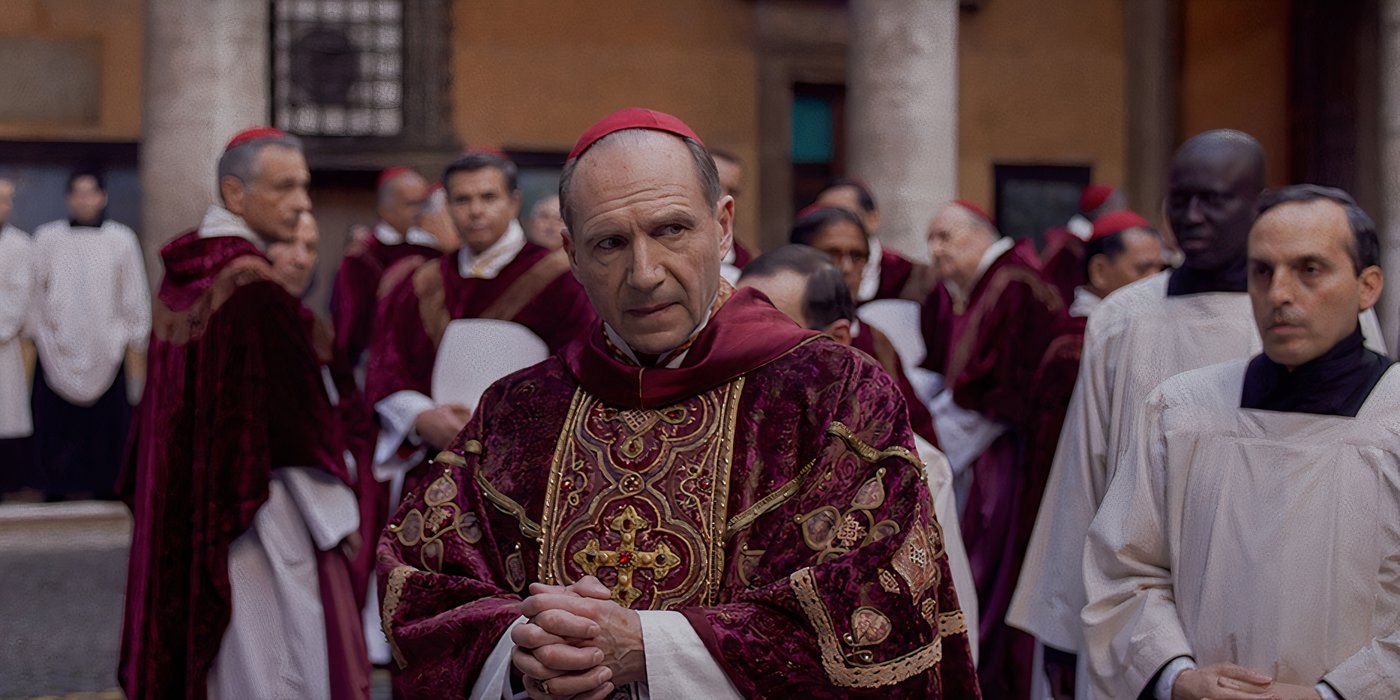 The Papal Conclave How The Next Pope Is Chosen
May 07, 2025
The Papal Conclave How The Next Pope Is Chosen
May 07, 2025 -
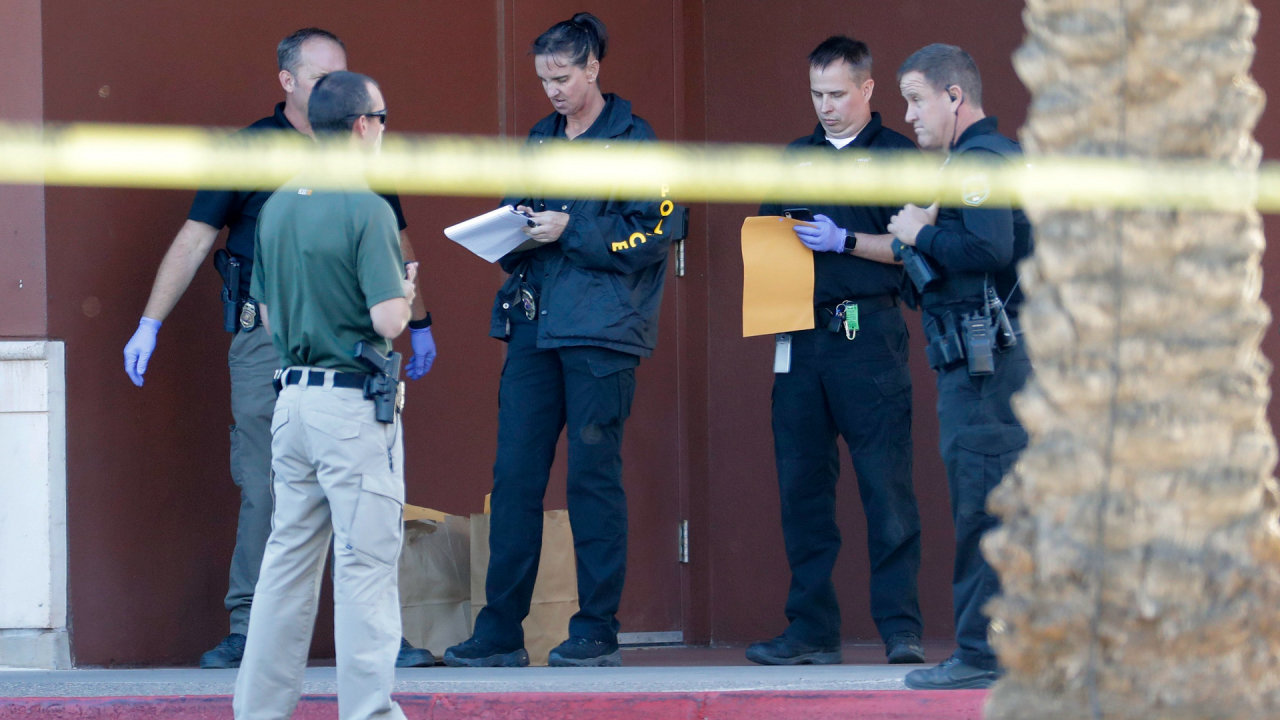 Shooting At Arizona Restaurant Leaves Multiple People Injured
May 07, 2025
Shooting At Arizona Restaurant Leaves Multiple People Injured
May 07, 2025 -
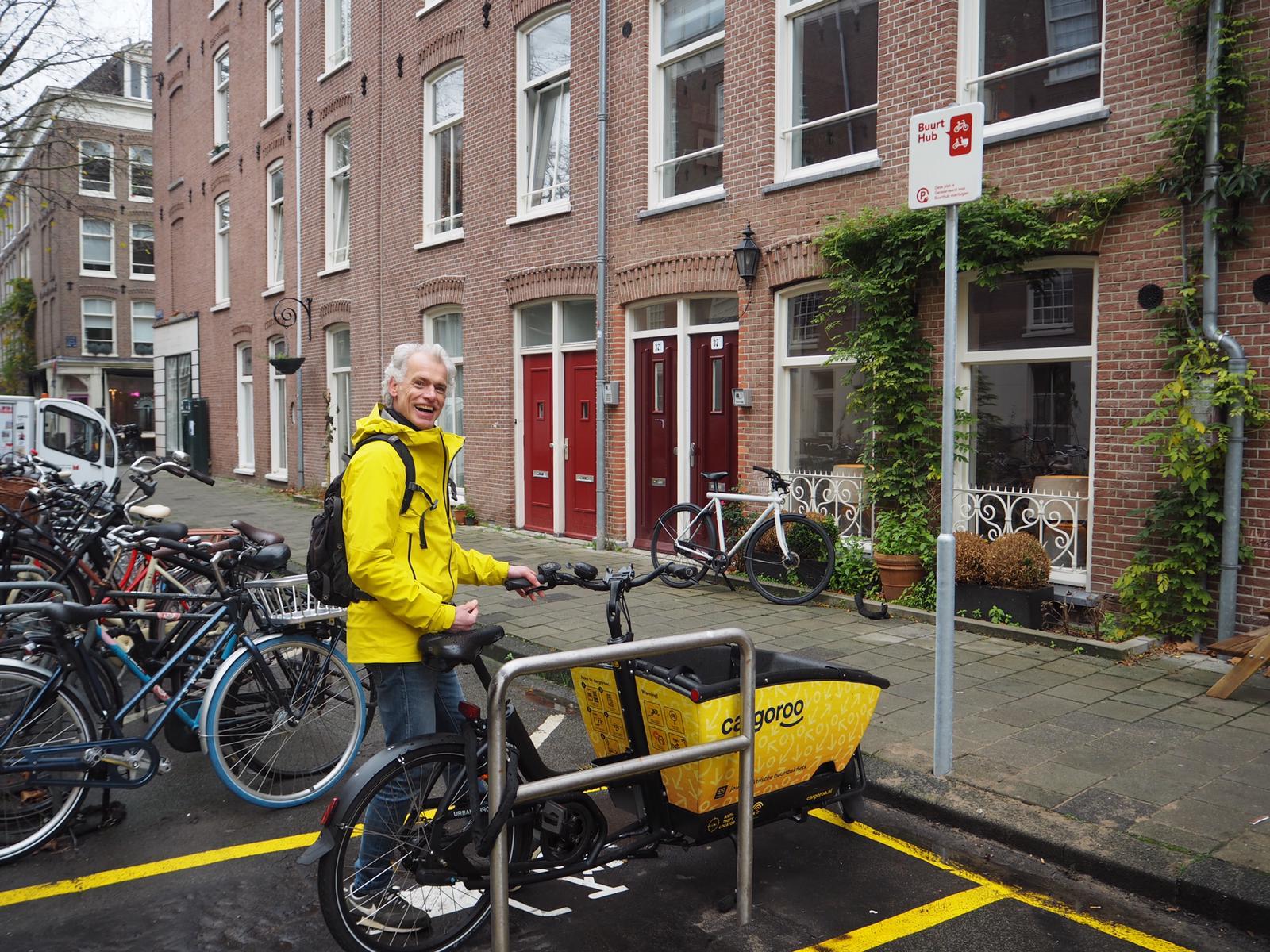 Drogi S8 I S16 Kluczowy Element Zrownowazonego Rozwoju Wg Nawrockiego
May 07, 2025
Drogi S8 I S16 Kluczowy Element Zrownowazonego Rozwoju Wg Nawrockiego
May 07, 2025 -
 The Curry Family Ayeshas Perspective On Marital Priorities
May 07, 2025
The Curry Family Ayeshas Perspective On Marital Priorities
May 07, 2025
Latest Posts
-
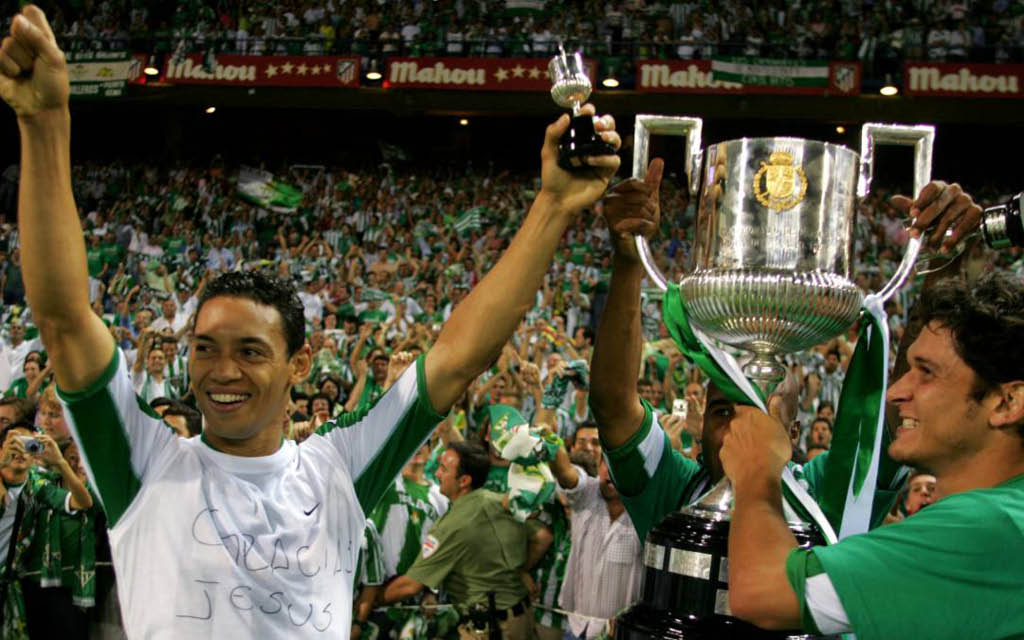 La Temporada Historica Del Betis Datos Y Analisis
May 08, 2025
La Temporada Historica Del Betis Datos Y Analisis
May 08, 2025 -
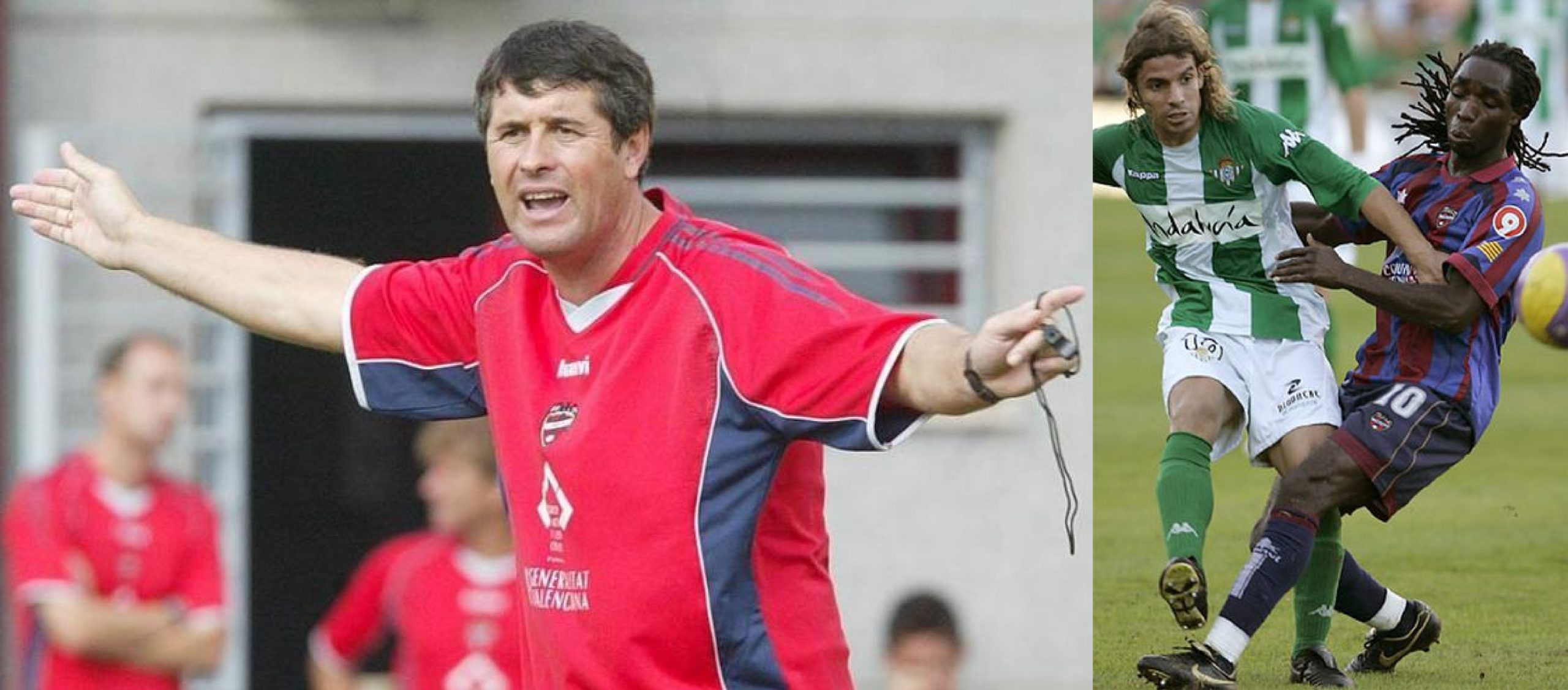 Este Betis Historico El Legado De Un Equipo Inolvidable
May 08, 2025
Este Betis Historico El Legado De Un Equipo Inolvidable
May 08, 2025 -
 Former Okc Thunders Record Breaking Double Performances An Analysis
May 08, 2025
Former Okc Thunders Record Breaking Double Performances An Analysis
May 08, 2025 -
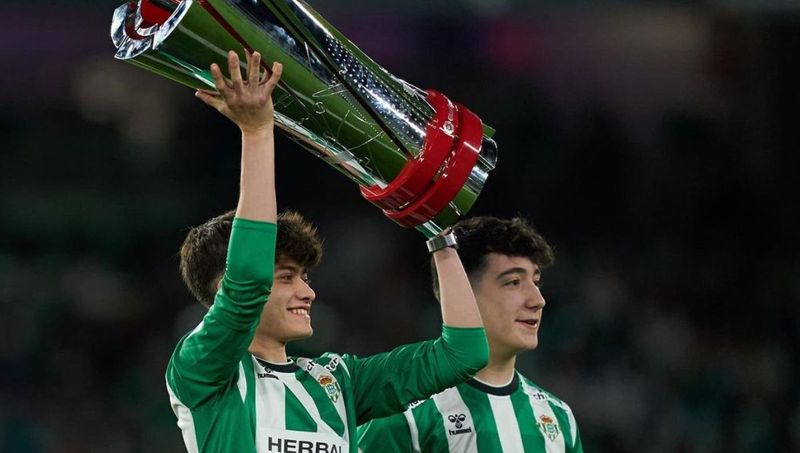 Por Que Este Betis Es Ya Historico Un Repaso A Sus Logros
May 08, 2025
Por Que Este Betis Es Ya Historico Un Repaso A Sus Logros
May 08, 2025 -
 Exploring The Unique Double Performance Records Of The Former Okc Thunder
May 08, 2025
Exploring The Unique Double Performance Records Of The Former Okc Thunder
May 08, 2025
